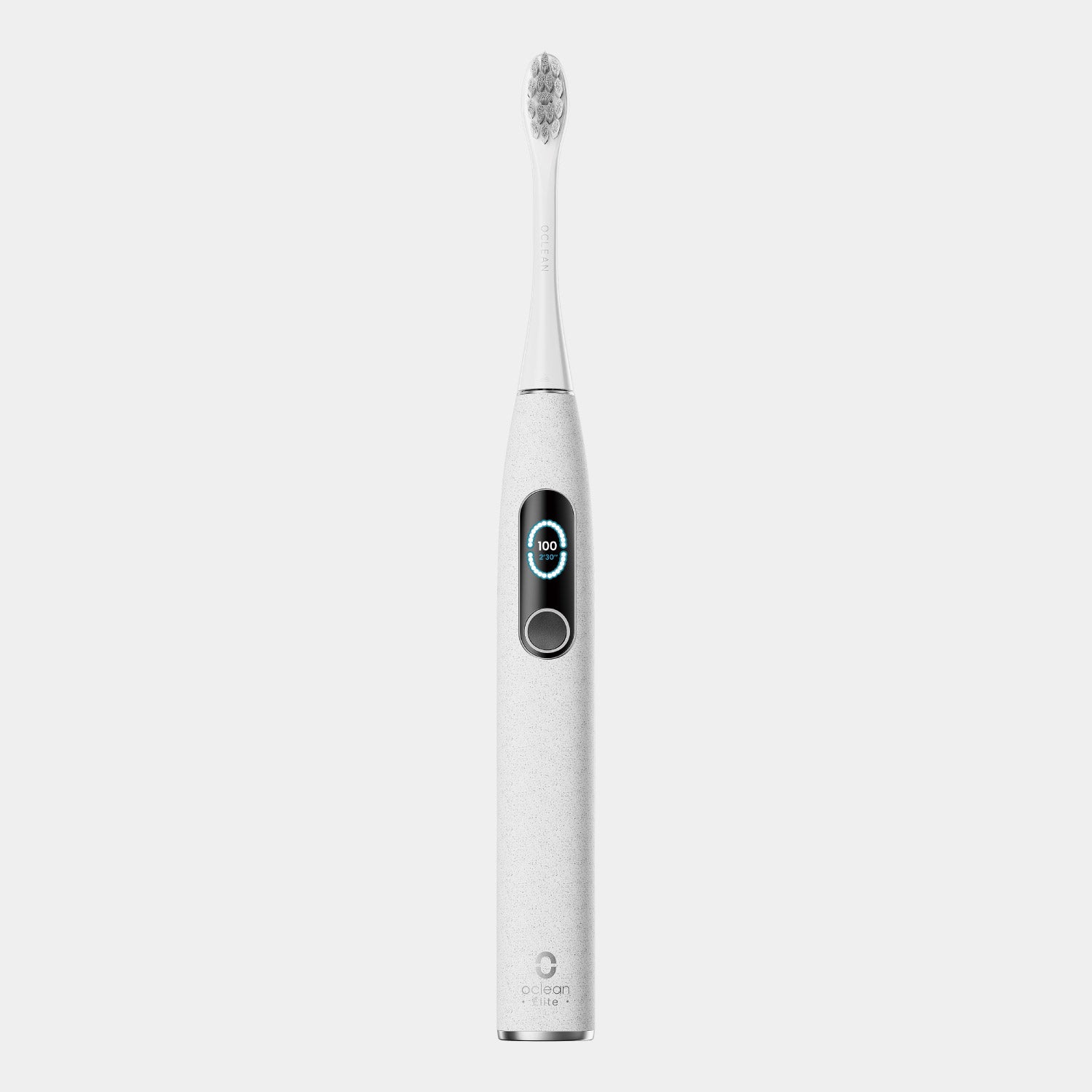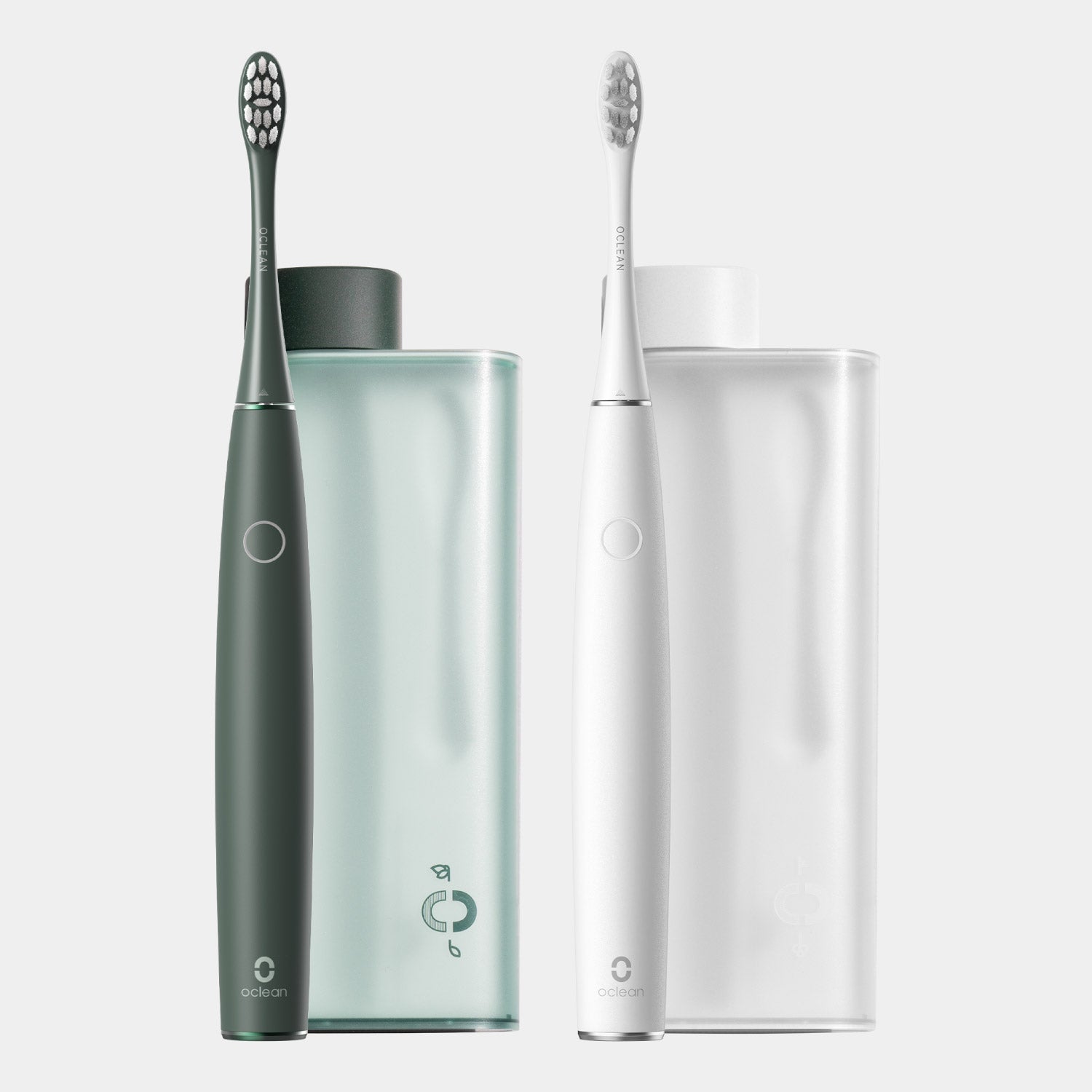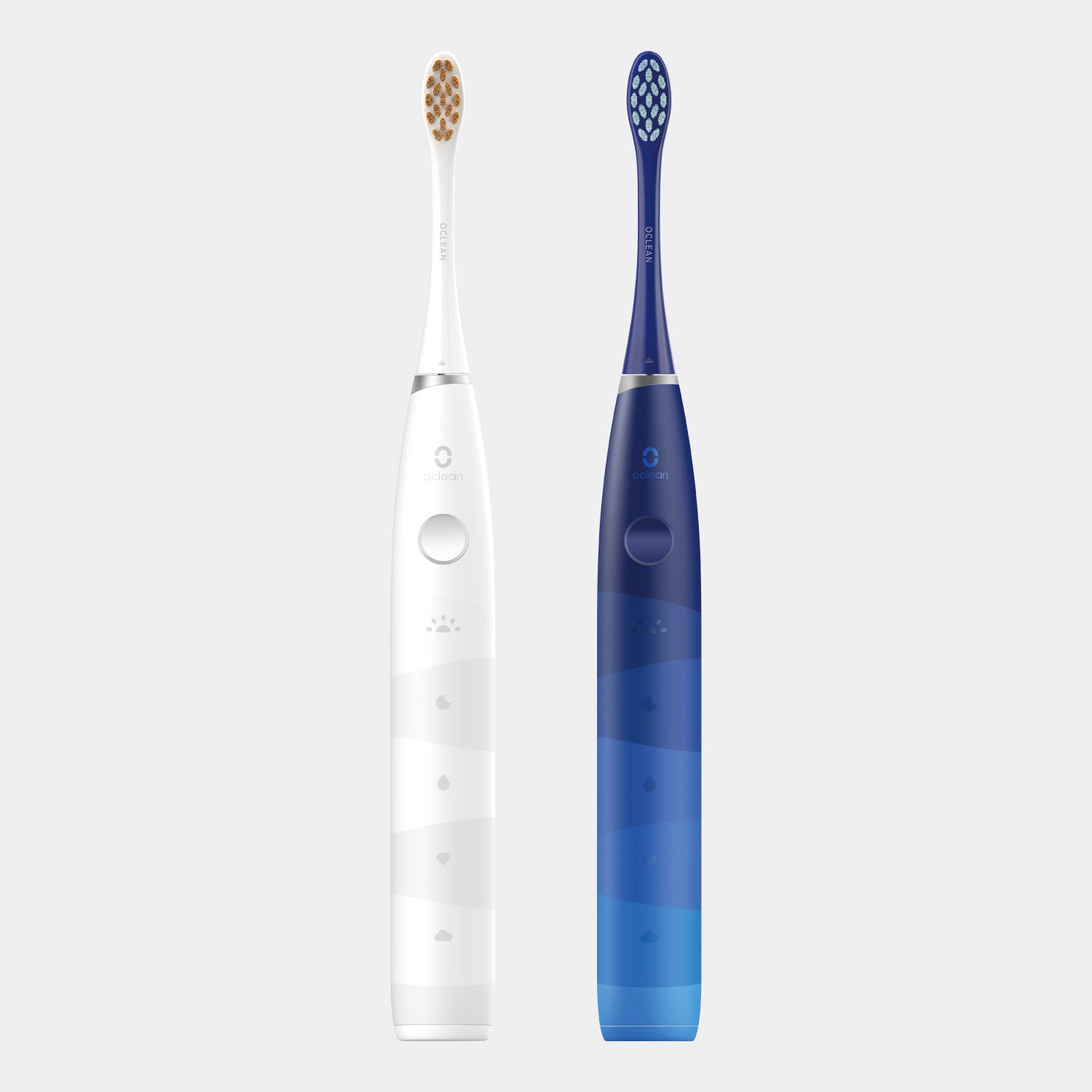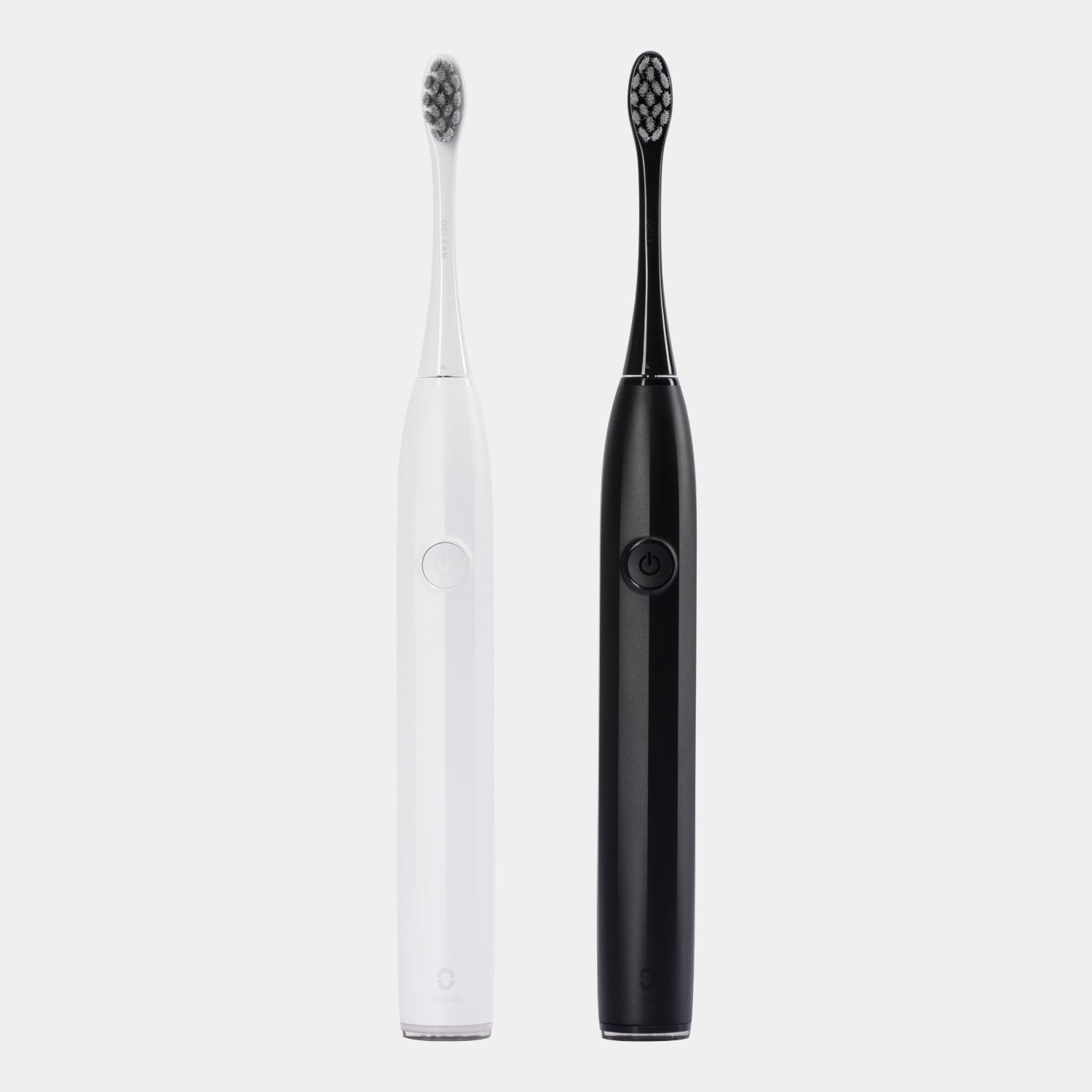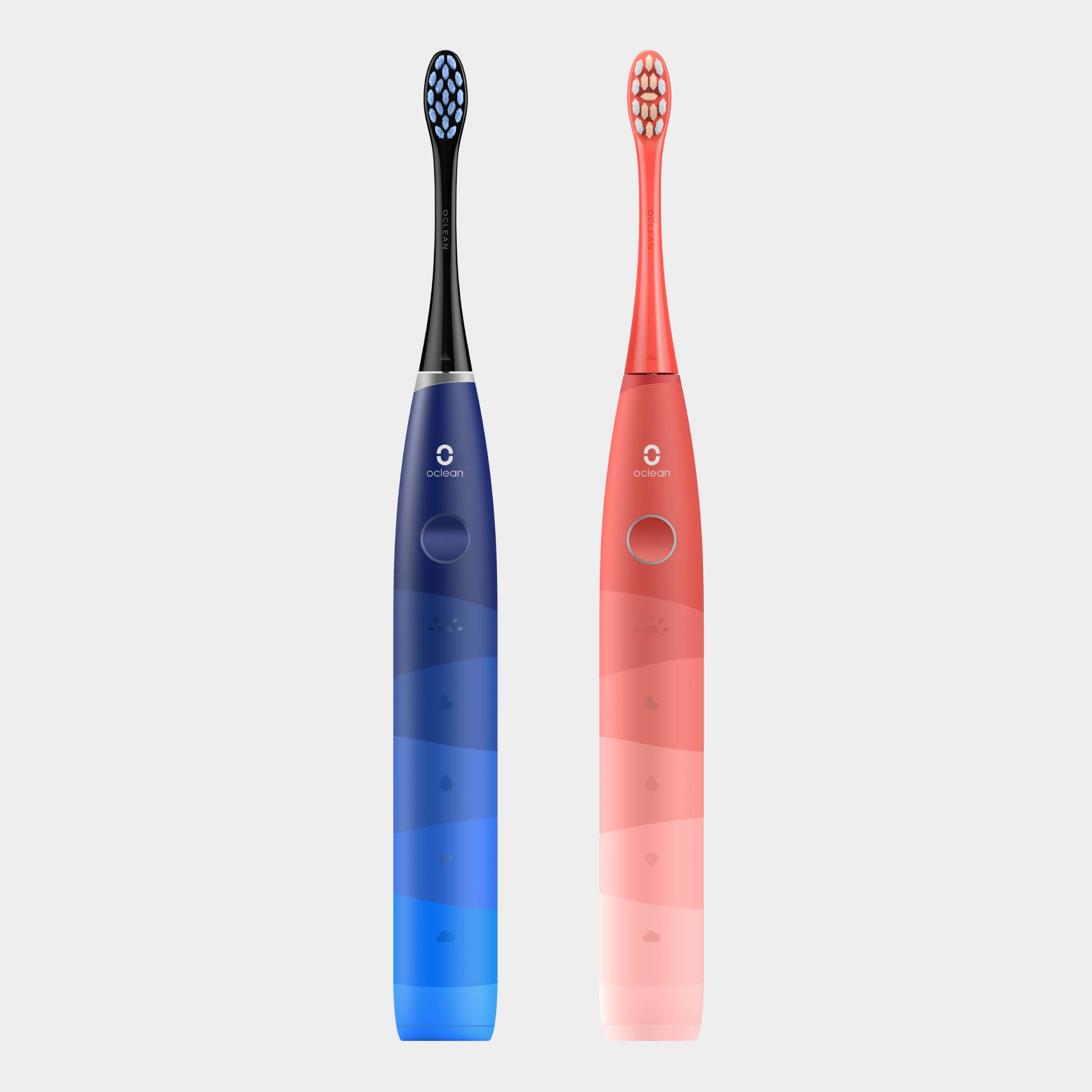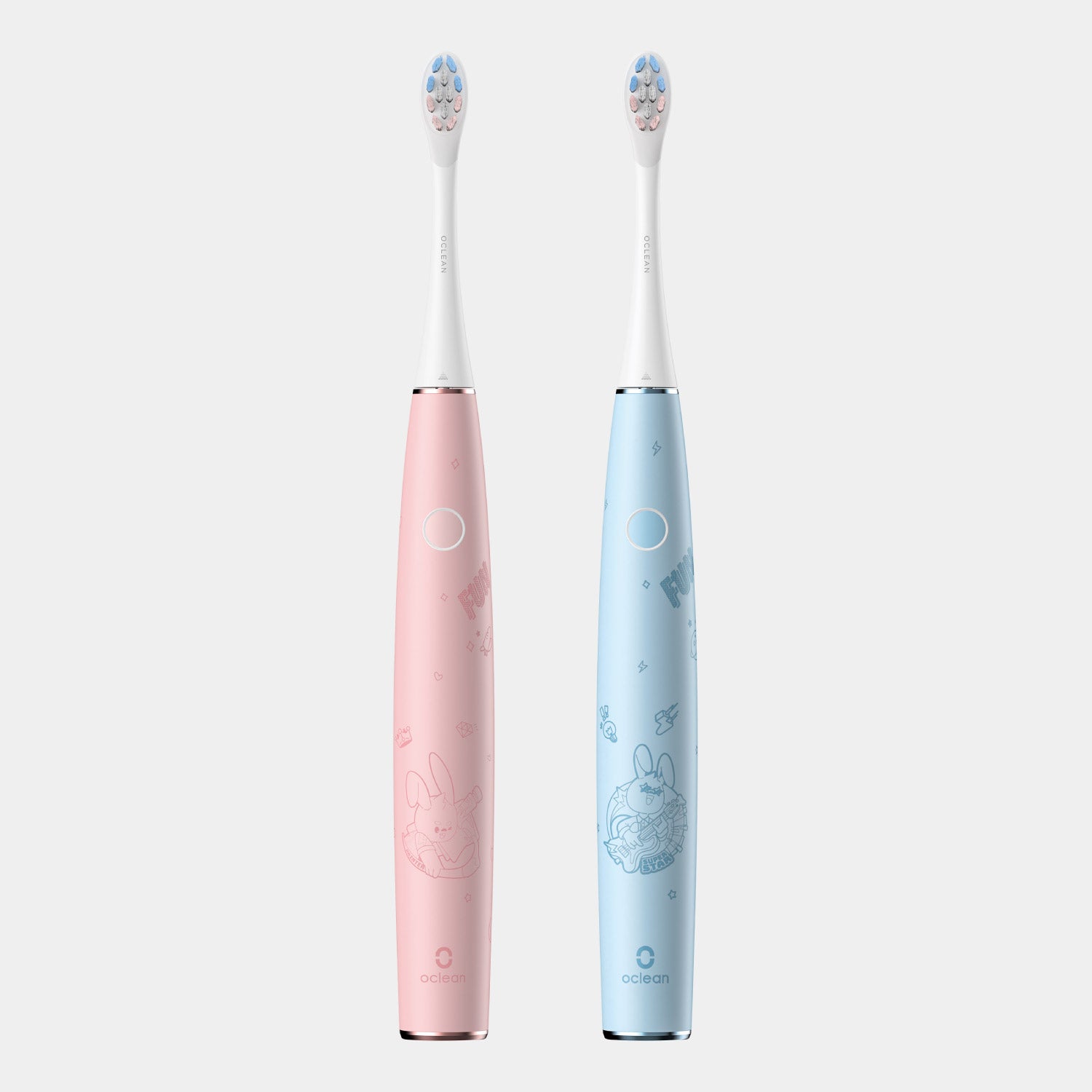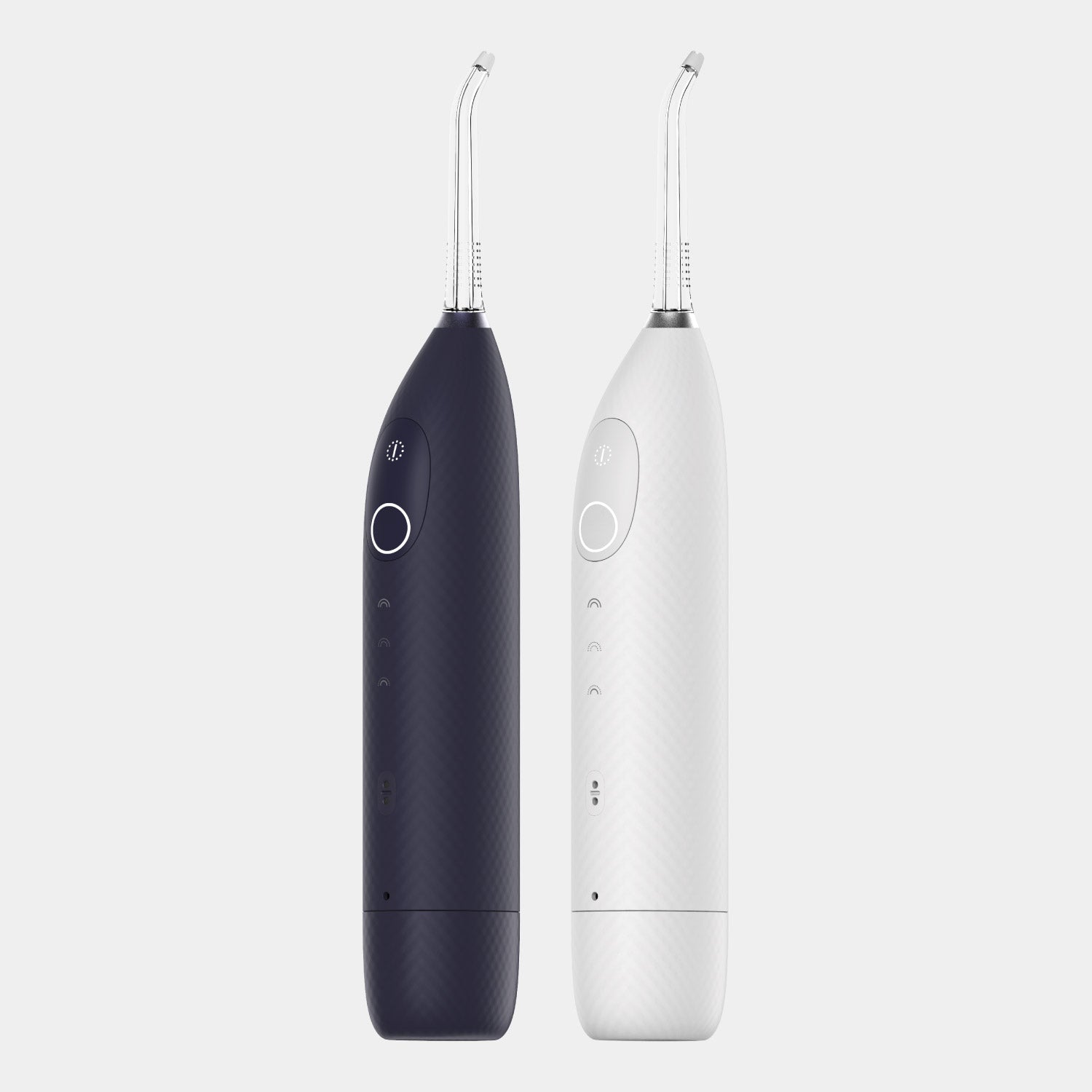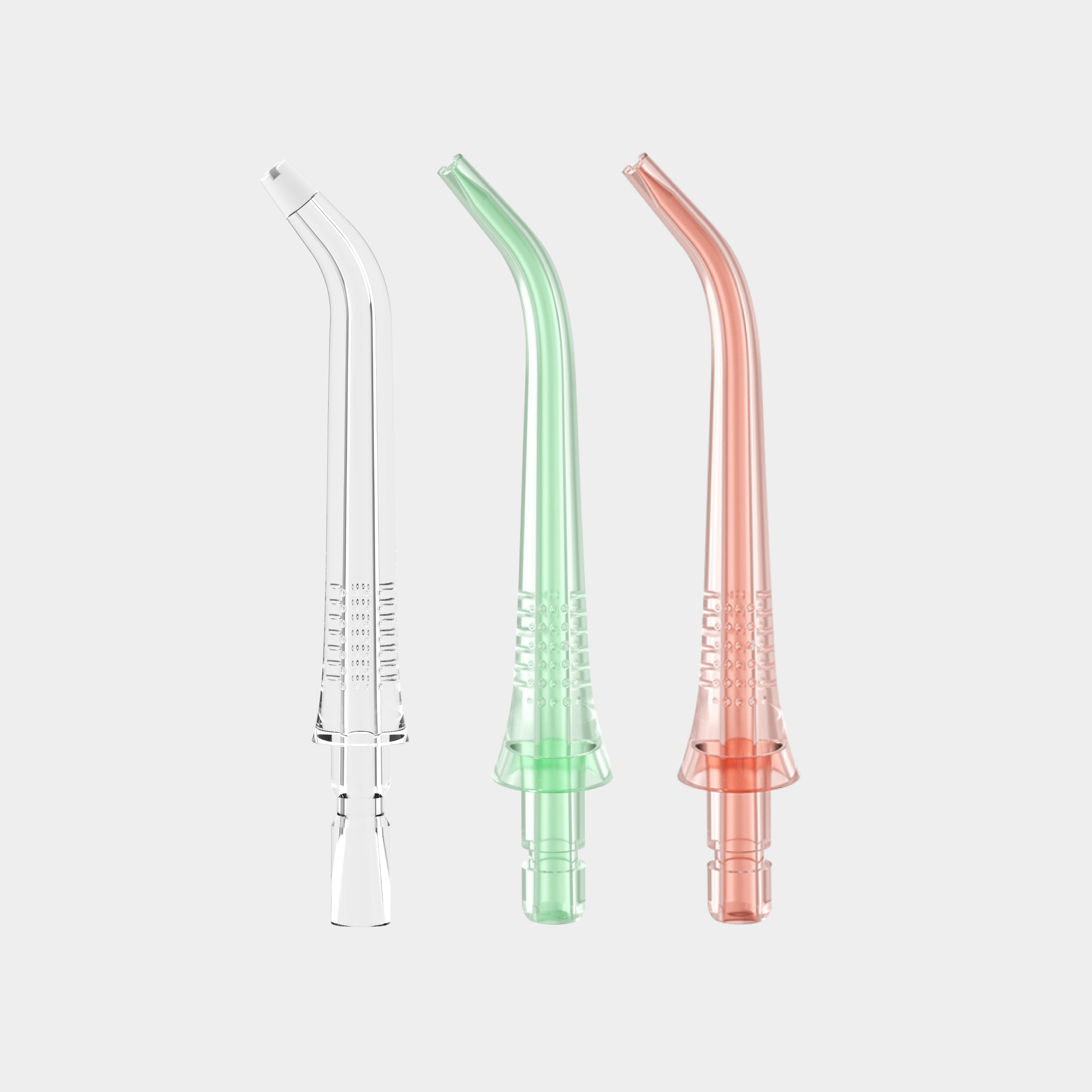Periodontal, or gum disease, is a condition that has the potential of being life-threatening, which makes it rather more than merely a condition. It is a common trouble that has been ignored; it affects nearly half of all adults in the United States and thus becomes very contributory to tooth loss.
But can gum disease kill you? The thing is, these dental health diseases in the gums would not exactly kill you directly but impact your general health. Even though it's just a local oral health issue, research into untreated gum disease links this disease to severe life conditions like heart disease, stroke, diabetes, and many others.

Understanding Gum Disease
Periodontal diseases, also known as gum diseases, are infections of the tissues that support and surround your teeth. [1] These diseases begin with plaque – a sticky film of bacteria – on your teeth. If you don't remove plaque by brushing and flossing, it hardens into tartar, which inflames your gums.
Poor oral hygiene, smoking, diabetes, hormonal shifts, certain medications, and genetic factors all line up to present a risk factor for gum infections. Good habits of oral maintenance may prevent most of them; however, since some are predisposed, they stand a greater possibility of acquiring gum diseases even with good habits observed.
Can Gum Disease Kill You?
While gum disease itself may not be a direct cause of death, the far-reaching repercussions on the general health of a sufferer might be quite grim. Chronic gingival inflammation is associated with numerous serious systemic pathologies, which include various cardiovascular disorders and diabetes to mention, but respiratory complications have also been included.
According to researchers, while left unmanaged, gum diseases cause chronic inflammation in the body besides increasing risks for acute major diseases such as heart attack or stroke.
Stages of Periodontal Diseases
Here are the stages:
Stage 1: Gingivitis
Gingivitis is the mildest form of periodontal disease, which is an inflammation of the gums caused by plaque accumulation. [2] It is totally reversible. It occurs when plaque, a sticky film of bacteria, builds up on teeth and irritates the gums. If left untreated, this inflammation can worsen.
Symptoms of Gingivitis Disease
- Red, swollen gums
- Persistent bad breath
- Gums bleeding while brushing or flossing
- Tender gums
- Receding gumlines expose more of the tooth.
Stage 2: Moderate Periodontitis
At this stage, the infection has started to affect deeper tissues and the bone that supports your teeth. Pockets between teeth and gums form in which bacteria thrive, and cleaning becomes very inefficient. [3]
Stage 3: Moderate Periodontitis
It attacks the connective tissue and bones that support your teeth as further progress in the infection sets in. Some of the other symptoms you may spot are more mature signs of this problem, with pus around your gums or the loosening of teeth.
Signs to Look Out For:
- Pain with chewing
- Visible gum recession
- Persistent inflammation or swelling
More aggressive treatments, including the administration of antimicrobial agents or even minor surgery, are required for periodontitis of moderate severity.
Stage 4: Advanced Periodontitis
Advanced periodontitis is the last and most serious form of periodontal disease, with the teeth suffering a huge loss of the bone. Your teeth may move, become loose, or completely fall out from your mouth. This stage could also be hazardous to your overall health as the chronic inflammation within your body would affect the bloodstream.
Critical Indicators:
- Significant tooth mobility
- Abscesses or pus around gums
- Changes in your bite or alignment

What Are the Symptoms of Periodontal Disease?
Periodontal disease may manifest with any of the following features:
- Red or purple gums
- Bleeding during brushing and flossing
- Tenderness or soreness of the gums
- Persistent bad breath
- A bad taste in the mouth
- Pain when chewing
- Receding gums (pulling away from teeth)
- Loose or shifting teeth
- Changes in the way teeth fit together
Six Key Warning Signs of Gum Disease
Here are the six significant warning signs and symptoms of gingivitis/gum disease:
- Swollen or Puffy Gums: Healthy gums shouldn't hurt. When gums are infected, they swell in their fight against bacteria and thus become puffy; they are loose from the teeth rather than closely fitted. [4]
- Bleeding Gums: Healthy gums do not bleed. Bleeding during oral hygiene is a warning sign of infection, despite the fact that this may be masked by decreased blood flow to smokers.
- Receding Gums: Your teeth aren't growing longer – receding gums just expose more tooth surfaces, usually as a result of advanced gum disease.
- Bad Breath that is Persistent: Bad breath or a metallic taste can be constant when the bacteria in gum pockets thrive and emit foul odors. [5]
- Food Traps: Food particles frequently getting stuck between teeth and gums may indicate loose gum tissue and possible infection.
- Loose Teeth: Advanced gum disease can weaken the ligament that anchors teeth, making them feel "wiggly." Immediate dental attention is critical at this stage.
How to Know If You Have Gingivitis?
Early detection of gingivitis helps prevent the disease from deteriorating. Symptoms include red, swollen, tender gums that tend to bleed when brushing or flossing. Other signs and symptoms commonly associated with this condition are bad breath throughout the day and a change of color in your gums. [6]
Now, if you find all these symptoms, upgrade your oral care routine for regular brushing using sonic electric toothbrushes, then flossing, and using mouthwash. Besides self-awareness, dental check-ups are routine.

Can You Die from Gingivitis?
While gingivitis in itself is not fatal, it can expose you to serious health risks if disregarded. Gingivitis may progress to severe gum infections like acute necrotizing ulcerative gingivitis if left untreated and usually destroys gum tissue, forms ulcers, and results in tooth loss. In extreme cases, such infection can spread to other body parts and cause some cardiovascular problems or even gangrene. [7]
Treatments for gingivitis should not be postponed to avoid lethal complications. If left to its own accord, the disease can eventually involve the loss of teeth. Proper management of periodontal disease helps in the retention of the teeth and maintenance of a healthy smile throughout life.
Is Gum Disease Contagious?
Gum disease itself is not contagious, but the bacteria that cause this disease can be transferred from one person to another. Kissing, sharing utensils, and using another person's toothbrush are among the ways through which this unwanted bacteria is transferred.
Sharing of dental instruments should not be done, and good oral hygiene is to be practiced in order to avoid the spread. Saliva-sharing activity should be handled with care if your near and dear ones present around you happen to have this disease. Open talks about oral health may make a person aware of looking after the gums in an improved manner.
Can Gum Disease Spread to Other Parts of the Body?
Although it does not exactly spread, the effects of gum disease can affect one's health. Chronic inflammation due to periodontal diseases has been related to a variety of systemic health conditions like cardiovascular, diabetes, and even respiratory. Thus, treating the periodontal condition in time could reduce all those risks and maintain better general health.
Can Gum Disease Cause Cancer?
There is some evidence proving that gum diseases serve as a cause of cancer, according to recent research. [8] The chronic inflammation developed by the non-treated gum disease may contribute to general health problems and influence your body indirectly.
Although cancer has been positively linked to it, good oral hygiene and early treatment of the disease can prevent serious complications. [9] Taking good care of your gums goes a long way in ensuring overall health.
How to Cure Gum Disease Without a Dentist
Mild diseases of the gums, such as gingivitis, can usually be treated at home if one is careful with his oral care. First is to follow a regular oral hygiene routine: brushing the teeth at least twice a day using a high-quality toothbrush, such as the Oclean X Pro Sonic Toothbrush, which assures superior plaque removal with advanced sonic technology. Combine this with daily flossing to clean areas between your teeth that brushing may miss.

Rinsing with an antimicrobial mouthwash can help lower the amount of bacteria and inflammation. Also, maintain a non-deficient diet with ample amounts of vitamins C and D, which are good for the gums, and drink plenty of water to stimulate saliva production, which naturally fights off bacteria. [10]
These measures can reduce early-stage gum diseases, but they are not enough for more advanced cases. If the symptoms persist, consult a dental professional for proper care.
What Are the Common Periodontal Treatments?
Some of the common treatment options include:
1. Improved Oral Hygiene and Dental Cleaning
Early gum disease can be reversed with better oral care and by undergoing routine dental cleanings. This allows for the killing of bacteria that can be harmful, using an effective toothbrush such as the Oclean X Pro Sonic Toothbrush, flossing daily, and regular dental visits to nip these in the bud before they advance.
2. Scaling and Root Planing
Deep cleaning involves the removal of plaque and tartar beneath the gums, and root smoothing of the teeth to prevent the reattachment of bacteria. It is mostly indicated in mild to moderate presentations and can be performed under local anesthesia.
3. Pocket Reduction Surgery
This is a surgical procedure for advanced gum disease; it temporarily moves the gums back to remove deep-seated plaque and tartar. The gums are then repositioned and sutured to heal.
4. Bone and Gum Grafting
Bone grafts replace missing bone and promote regeneration, while gum grafts restore receded gums. These are generally performed in conjunction with pocket reduction surgery to enhance the prospects of recovery.
Treatment options depend on the severity of the condition. Often, nonsurgical treatments are avoidable by early intervention and proper oral care.

Cost of Periodontitis Treatment in 2025
The cost for non-surgical treatments such as scaling and root planning begins at $200-$600 per treatment session, while for periodontitis, individual surgical procedures such as gum grafts or bone grafts can weigh in at over $700-$10,000 and more. These further depend on location, expertise of the dentist, and any follow-up treatments.
It can be prevented with some types of preventive treatment, such as routine checkups, which may be around $50 to $200, combined with daily oral hygiene practices. Preventive investment yields savings and builds up to a healthier smile in the future.
Outlook for People with Periodontal Disease
Periodontal disease is manageable but not curable. This condition, if caught early and treated, will not progress further and oral health could be maintained. If left alone to progress, however, serious complications like tooth loss can occur, contributing to systemic health issues such as heart disease and diabetes. Persons with periodontal disease can enjoy a very good quality of life with continued appropriate treatment and good oral care.
Can You Live Long with Gum Disease?
Yes, one can live well with gum disease, but if left untreated, it may affect the general health of the individual adversely. Chronic inflammation due to gum diseases is associated with increased risks of cardiovascular disease, diabetes, and respiratory problems. The earlier the treatment of the condition and better oral hygiene, the longer and healthier the life one will lead.
The Bottom Line
Gum disease is a fairly common but, thankfully, manageable condition. Even though dental treatment costs vary, that investment in prevention and early intervention could be about saving your overall health. You can't cure gum disease, but proper treatment in combination with regular oral hygiene gives you a healthy smile and lessens the chance of systemic health problems.
Invest in routine dental visits and good oral hygiene now to minimize expensive treatments later, so you can have a healthy smile for many years.
Reference
- National Institute of Dental and Craniofacial Research. “Periodontal (Gum) Disease.” Www.nidcr.nih.gov, Oct. 2018, www.nidcr.nih.gov/health-info/gum-disease.
- Mayo Clinic. “Gingivitis - Symptoms and Causes.” Mayo Clinic, 16 Nov. 2023, www.mayoclinic.org/diseases-conditions/gingivitis/symptoms-causes/syc-20354453.
- Cleveland clinic . “Gum (Periodontal) Disease: Causes, Symptoms, Treatment & Prevention.” Cleveland Clinic, 4 Oct. 2023, my.clevelandclinic.org/health/diseases/21482-gum-periodontal-disease.
- Erica Hersh. “Gum Disease (Gingivitis and Periodontitis).” Healthline, Healthline Media, 13 May 2015, www.healthline.com/health/gingivitis.
- Mayo Clinic. 2025, www.mayoclinic.org/diseases-conditions/periodontitis/symptoms-causes/syc-20354473. Accessed 12 Jan. 2025.
- Institute for Quality and Efficiency in Health Care. “Gingivitis and Periodontitis: Overview.” Nih.gov, Institute for Quality and Efficiency in Health Care (IQWiG), 18 June 2014, www.ncbi.nlm.nih.gov/books/NBK279593/.
- Kim, Jung Ki, et al. “Oral Health Problems and Mortality.” Journal of Dental Sciences, vol. 8, no. 2, June 2013, pp. 115–120, https://doi.org/10.1016/j.jds.2012.12.011.
- Beger-Luedde, Jane, et al. “Association between Chronic Gingivitis and Cancer: A Retrospective Cohort Study of 19,782 Outpatients from the United Kingdom.” Cancers, vol. 15, no. 7, 1 Jan. 2023, p. 2007, www.mdpi.com/2072-6694/15/7/2007, https://doi.org/10.3390/cancers15072007.
- Michaud, Dominique S, et al. “Periodontal Disease, Tooth Loss, and Cancer Risk.” Epidemiologic Reviews, vol. 39, no. 1, 1 Jan. 2017, pp. 49–58, https://doi.org/10.1093/epirev/mxx006.
- Kubala, Jillian. “10 Vitamins and Supplements That May Improve Gum Health.” Healthline, 21 Apr. 2021, www.healthline.com/nutrition/vitamins-for-gums.



